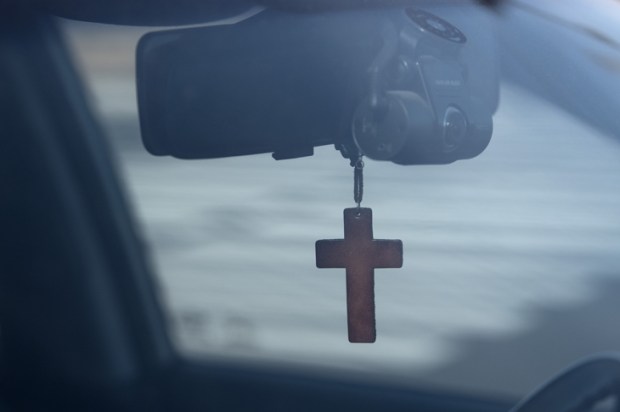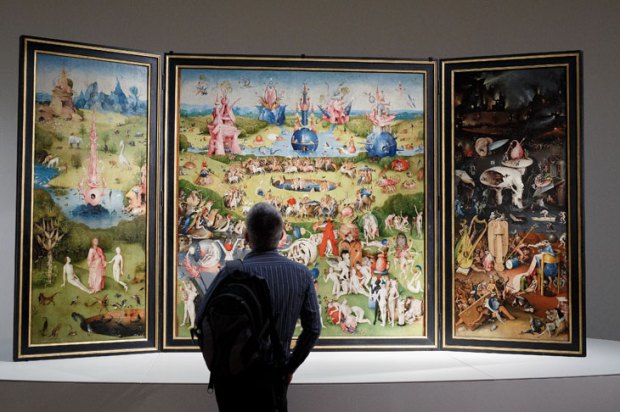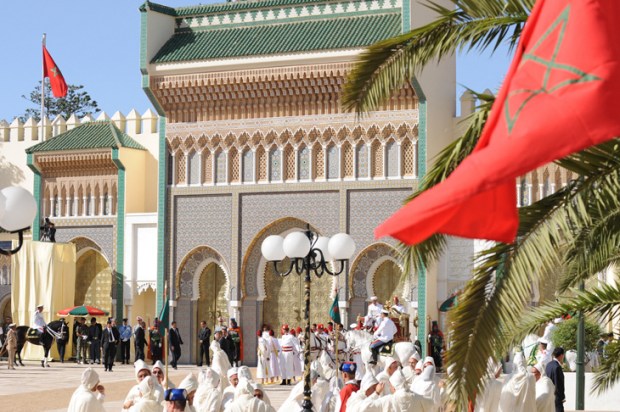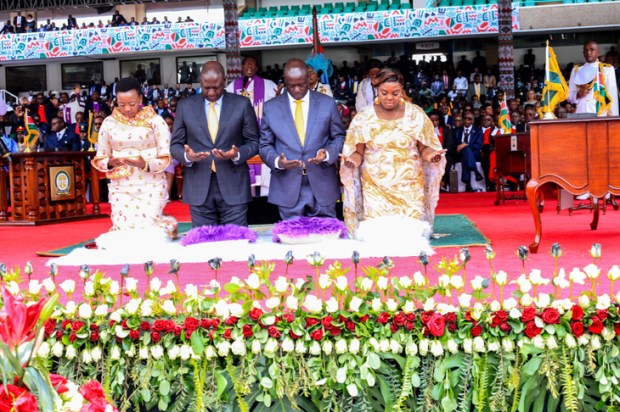It’s not often you have a foretaste of paradise. Recently I spent a month in Europe — the UK, Ireland, France and Belgium. It was all very enjoyable. I like a Gothic cathedral as much as the next man. But whenever I spend any serious time in Europe, I feel confirmed in the wisdom of having made my career, such as it is, in and about Asia. It’s more dynamic, more fun, more relevant, the food is better and it’s a lot closer.
One part of my journey, though, was sublime. The Irish leg began with a few days in Dublin, at the serene Merrion Hotel, opposite Ireland’s parliament, the Dáil Éireann. Ireland was in the grip of a marvellous political scandal about the Justice Minister and illegally recorded phone conversations, which one paper headlined, quite cleverly, ‘Dial Eireaan’. Dublin is a fine Georgian city. There is an ethno-nationalist problem about some of its beauty, however. So much that is elegant was built by the British. But the Irish take a superbly enlightened view of this. Like the Indians, they enjoy without self-consciousness the grand buildings of their past, even as they celebrate every day the achievements of their independence. The Merrion itself is a conversion of several gorgeous Georgian terrace houses, the façades perfectly maintained, the interior faithful to the spirit of Georgian comfort. Nonetheless, for all the Irish good cheer, it is going to be very strange to witness official British participation in the centenary celebrations of the 1916 Easter uprising in Dublin. This led directly to Irish independence, but not before the uprising’s leaders were executed by the British, and the Black and Tans, one of the most unruly, thuggish and disgraceful occupying forces unleashed in 20th-century European colonialism, were set loose on the Irish.
I was once obsessed with Irish history. Though an absolutely loyal and unconflicted Australian, I was as sentimental about the land of my ancestors as any contemporary migrant, or in my case great-grandson of a migrant, could be. Naturally I was an Irish nationalist and identified keenly with Michael Collins, the ruthless IRA commander who favoured compromise with the British, and against Eamon de Valera, the leader of the extremist, maximalist hold-outs. But pretty soon I realised that as an Australian there was no future, as it were, in Irish history. In my Australian childhood in the 1950s and 60s, it sometimes seemed that England provided the larger society of which we Australians were part, that the American suburbs, with their back yards, social equality, sunshine and weekend sports, were the suburbs I lived in. But Ireland was my home, in my lounge room and bedroom and kitchen, somehow the very womb from which my family emerged. While I loved that Irish home, it was the launching pad, not the destination, of a life’s journey. So I’ve only been to Ireland twice, once 23 years ago, once just recently.
From Dublin I drove across the country to Galway to see some of my countless distant cousins, who have owned the same pub in Milltown since the mid-19th century. There was something mystical in this reunion. I hadn’t seen them in 23 years and yet it seemed like ten minutes ago. We shared the same humour, the same outlook. As is somehow always the case in Ireland, they had plenty of time for me. In their company, all was ease and comfort. It was not so much going back to childhood as visiting an alternative universe peopled with characters who might have been my brothers and sisters, my own aunts and uncles.
Beyond Galway I drove up into the strange and haunting Connemara hills, the countryside made famous in John Wayne’s most wistful and beguiling film, The Quiet Man. Beautiful as it is, parts of Connemara were known as the black country, because of the difficulty of making a living from the peatish land. The water was thus alluring to the Irish, the promise of America, and Australia, across the seas.
I stayed for a couple of days at Cashel House, and it is here that I came as near to paradise as any mortal should. Cashel House is a grand old country house which is now a hotel with just 30 rooms. Mrs McEvilly, who has owned the house since 1967, and is the very soul of gentle hospitality, and a gifted conversationalist, has created something wonderful here. The house itself is just right, not too big, not too small, profoundly comfortable but not excessive, distinguished but not decadent. Charles de Gaulle took a holiday here in 1969. Countless rich and famous folks have stayed at Cashel House, but De Gaulle is the only one celebrated with a photo or two, for this house breathes discretion and friendly repose. There is a profusion of sitting rooms, quietly elegant antiques everywhere, intriguing paintings on the walls and hundreds of books. Across the road is Cashel Bay, seductive yet melancholy, like so much Irish countryside. I have a fantasy of spending a month or two at Cashel House, breakfasting each day well but moderately in the conservatory overlooking the grand front garden, dividing my days between long walks and happy hours in front of the fire with books drawn from the house. And in the evenings, endless convivial talk, as is always available whenever a few Irishmen gather. But all too soon, it was back to reality. The Irish dream remains a dream.
Got something to add? Join the discussion and comment below.
Get 10 issues for just $10
Subscribe to The Spectator Australia today for the next 10 magazine issues, plus full online access, for just $10.
Greg Sheridan is foreign editor of the Australian.
You might disagree with half of it, but you’ll enjoy reading all of it. Try your first month for free, then just $2 a week for the remainder of your first year.












Comments
Don't miss out
Join the conversation with other Spectator Australia readers. Subscribe to leave a comment.
SUBSCRIBEAlready a subscriber? Log in